Each WAV files depends on a Sampling Rate and a Bit Depth. The former governs how many different samples are played per second, and the latter governs how many possibilities there are for each timeslot.
For sampling rate for example 1000 Hz and the bit depth is 8 then each 1/1000 of a second the audio device plays one of a possible $2^8$ different sounds.
Hence the bulk of the WAV file is a sequence of 8-bit numbers. There is also a header which contains the Sampling Rate and Bit Depth and other specifics of how the data should be read:
The above comes from running xxd on a wav file to view it in binary on the terminal. The first column is just increments of 6 in hexadecimal. The last one seems to say where the header ends. So the data looks like this:
Each of those 8-bit numbers is a sample. So the device reads left-to right and converts the samples in order into sounds. But how in principle can each number correspond to a sound. I would think each bit should somehow encode an amplitude and a pitch, with each coming from a finite range. But I can not find any reference to for example the first half of the bits being a pitch and the second being a frequency.
I have found references to the numbers encoding "signal strength" but I do not know what this means.Can anyone explain in principle how the data is read and converted to audio?

